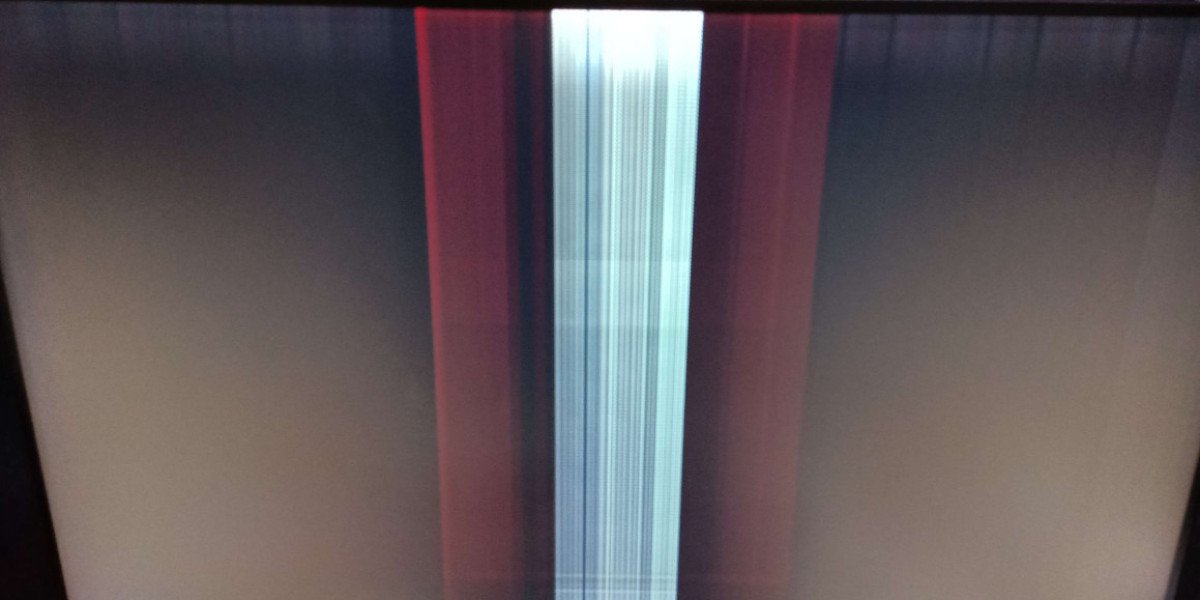A slick walkway is more than an eyesore — it’s a real safety risk. Moss, algae, oil, and everyday grime build up on concrete, pavers, and wood, turning once-safe paths into slip zones. This guide explains how professional power washing services remove those hazards, what methods work best for different surfaces, and how to prevent slippery conditions from coming back. If you want a walkway that’s both attractive and safer for kids, seniors, and visitors, read on.
Why walkway safety matters
Slips and falls are one of the most common household accidents. Walkways take a beating from weather, foot traffic, and nearby plants. When surfaces stay wet, shaded, or covered in organic growth, traction drops dramatically. Beyond the immediate fall risk, slippery walks increase liability for property owners and can lead to costly medical bills or insurance claims. Addressing the issue proactively with targeted cleaning reduces risk and extends the life of the surface.
Common causes of slippery walkways
Understanding what makes a surface slick helps choose the right cleaning approach.
Algae and moss: Thrive in shaded, damp areas. They form a slimy layer that holds moisture and reduces grip.
Black mildew and mold: Common on the north side of houses or under overhangs; produces fine spores and dark streaks.
Dirt and pollen: Build up over time, especially near trees, and can pack into textured surfaces.
Oil and grease: From cars, grills, or pet messes — these stains are particularly slippery and need degreasers.
Worn sealers or degraded surfaces: Old sealants can become slick when weathered, and some finishes wear smooth over time.
Leaf litter and organic debris: Decaying leaves create a film of slimy material when wet.
Each cause needs a slightly different response — mechanical removal, chemical treatment, or a combination.
How power washing removes slip hazards
Power washing services use water, pressure, and specialized cleaning solutions to remove the substances that reduce traction. The process accomplishes three things:
Mechanical removal: Pressurized water dislodges and rinses away algae, moss, and packed dirt that ordinary sweeping can't remove.
Chemical control: When needed, contractors apply cleaners or biocides that kill root systems of algae and moss so regrowth is slower and less dense.
Surface rejuvenation: After grime is removed, the natural texture of the material is exposed again, restoring traction. On porous surfaces, rinsing also clears out lodged particles that contribute to slipperiness.
The key is matching pressure and technique to the material — too much force on pavers or wood can etch or splinter, while too little pressure on concrete may not remove grease or deep stains.
Methods and equipment: what contractors use
Professional teams select equipment and settings based on the surface:
Concrete and brick pavers: Usually cleaned at moderate pressure (1,500–3,000 PSI) with a fan nozzle to avoid gouging. For oil stains, a degreasing agent is applied first and agitated with a stiff brush.
Stamped concrete and decorative finishes: Use lower pressure and soft washing solutions to avoid removing color or sealers.
Natural stone (flagstone, slate): Low-pressure washing and pH‑balanced cleaners preserve the stone and mortar.
Wood decks and steps: Pressure is kept low (under 1,200 PSI) or a soft-wash technique is used; too much pressure can raise wood grain or damage boards.
Composite decking: Often cleaned with mild detergents and soft rinses; abrasive tips are avoided.
Nozzle types and surface cleaners: Surface cleaner heads (circular brushes) give even results on concrete without streaks. Wide-angle nozzles reduce the risk of damage.
Experienced technicians also control water runoff and protect plants and storm drains.
Step-by-step: what a professional cleaning looks like
Inspection: Identify surface type, stains, and areas of concern. Note drainage and nearby vegetation.
Pre-treatment: Sweep away debris, apply degreasers or algae-killing solutions where needed, and protect plants and fixtures.
Test patch: Clean a small, out-of-the-way area to confirm settings and products.
Main cleaning: Use the chosen nozzle, pressure, and technique to clean top to bottom for even drainage. For concrete, operators often use surface cleaners for uniform results.
Post-treatment care: Apply anti‑moss or anti‑algae treatments if appropriate, and advise on sealing the surface if necessary.
Final inspection: Verify traction is restored and recommend follow-up maintenance.
Safety and environmental considerations
Power washing can produce runoff that contains dirt, chemicals, or oil. Reputable power washing services manage runoff by using containment, avoiding harmful chemicals, and following local regulations. Contractors should protect landscaping, cover HVAC intakes, and prevent water from entering stormwater systems when it contains contaminants.
For older properties, test for lead paint or other hazardous materials before disturbing surfaces. If lead is present, special containment measures are required to prevent harmful dust.
Case study: a Greenville neighborhood walkway restored
A community association in a Green, OH neighborhood faced repeated slip complaints during rainy months. The brick walkways running between houses and the community garden had a persistent green film and multiple grease spots near a small parking area. Residents slipped on rainy days, and one tenant slipped and sprained an ankle.
The association contracted local power washing services. The crew inspected the paths and developed a plan: apply a biodegradable biocide to the algae, use surface cleaners on the brick to lift embedded dirt, and spot-treat grease with an industrial degreaser before a light pressure rinse. Work was scheduled on a weekday with traffic control and plant protection in place.
Results: the walkways dried with noticeably improved texture and grip. The biocide treatment reduced regrowth over the next six months, and the community installed a schedule for annual cleaning. The association reported zero slip incidents in the year following the treatment. This real-world example shows how targeted cleaning plus simple maintenance prevents accidents and lowers liability.
Cost expectations
Prices vary by region, surface area, and difficulty of the job. Expect range-based quotes rather than flat rates:
Small walkway (100–300 sq ft): modest hourly or square-foot pricing.
Larger or heavily stained walkways: higher labor and product costs, especially when degreasers or biocides are needed.
Add-ons: sealing, rust removal, or repair of broken pavers will increase the total.
Get at least two detailed estimates. A trustworthy contractor will itemize surface prep, cleaning method, chemicals used, and any follow-up recommendations.
Choosing a contractor: questions to ask
What is your approach for removing algae, moss, and oil stains?
Can you show before-and-after photos of similar projects?
Do you use containment and protect landscaping?
What cleaners do you use and are they pet- and plant-safe?
Are you insured, and do you guarantee your work?
Will you apply a long-lasting anti-microbial treatment or recommend a sealer?
A reliable company will answer clearly, provide references, and explain why their method is best for your surface.
Maintenance tips to keep walkways slip-free
Regular sweeping: Clears pollen and leaf debris before it packs into texture.
Trim vegetation: Reduce shade and speed drying after rain.
Address spills quickly: Clean oil or grease immediately to prevent long-term staining.
Apply sealers where appropriate: A textured, breathable sealer preserves traction while protecting the surface.
Schedule periodic cleanings: Annual or biennial cleanings keep algae and grime from reaching a hazardous level.
Frequently asked questions
Q: Is power washing safe for all types of walkways?
A: Most walkway materials respond well to professional cleaning, but methods must be adjusted. Wood and delicate finishes need low pressure; concrete tolerates higher pressure. Always use a test patch.
Q: Will cleaning remove the color from pavers or stamped concrete?
A: If done with very high pressure or incorrect chemicals, color can be affected. Experienced teams use settings and detergents that clean without stripping pigments.
Q: How quickly does algae grow back?
A: Growth depends on shade, moisture, and local climate. Biocide treatments and improved sunlight/airflow can delay regrowth for several months to a year.
Conclusion
A clean walkway is a safer walkway. Using proven power washing services tailored to the surface removes the slippery films that cause falls and improves the lifespan of the path. When executed by experienced technicians, cleaning restores traction, reduces liability, and enhances curb appeal. If you want dependable, professional results in Green and the surrounding area, consider certified Pressure Washing Services in Green, OH. For trusted, experienced local service and a results-driven approach that prioritizes safety and long-term protection, contact Wilhelm Painting & Power Washing.








